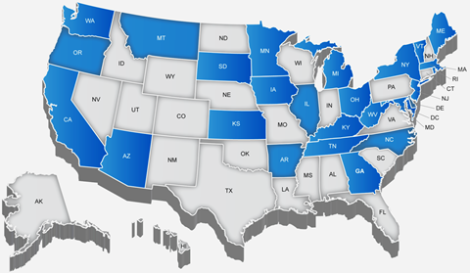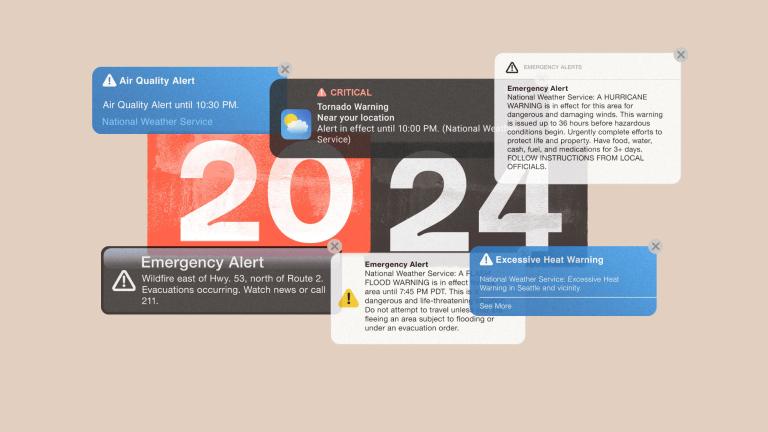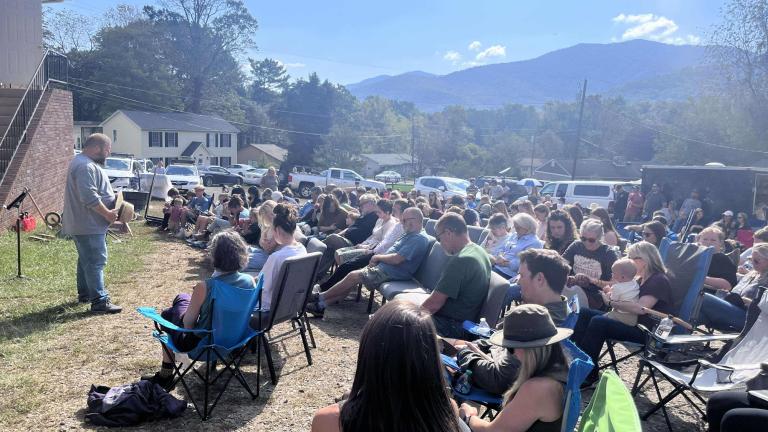
ShutterstockIs that a high concentration of greenhouse gases I see up there?
Schoolkids might soon know more about climate change than you do. Millions of young Americans will finally be taught, in a methodical manner, about the science behind the biggest threat to their generation: climate change.
Inside Climate News reports that new national science standards, which will make global warming lessons a part of the public school curriculum, are expected to be adopted by the 26 states that helped craft them. Another 15 states have indicated that they may also adopt the standards. Textbook publisher McGraw-Hill thinks that number could climb even higher.
Under the Next Generation Science Standards, which are scheduled to be ready for adoption this spring, students will learn how and why fossil fuel emissions are causing the world to overheat.
The only previous federal science teaching standards were published in 1996, and they avoided the issues of evolution and climate change. It didn’t matter much — the standards were developed without the input of the states, so states have generally been ignoring them. But the new standards were developed with states’ input to help educators and students cut through the scientifically unjustifiable doubt that’s clouded these two subjects. From Inside Climate:
[The standards] recommend that educators teach the evidence for man-made climate change starting as early as elementary school and incorporate it into all science classes, ranging from earth science to chemistry. By eighth grade, students should understand that “human activities, such as the release of greenhouse gases from burning fossil fuels, are major factors in the current rise in Earth’s mean surface temperature (global warming),” the standards say. …
The … priority was making sure the standards were based on the latest science, said Heidi Schweingruber, deputy director of the Board on Science Education at the National Research Council. This was particularly important for evolution and climate change, which had become so politicized that scientists and educators feared students didn’t know how to separate scientific fact from religious beliefs or political opinion.
The old standards made no mention of climate change because the consensus about whether global warming was happening—and if it was caused by humans—hadn’t been solidified.
“We understand it a lot better now than we did some 15 years ago,” Schweingruber said.
Many teachers have been skipping the subject altogether to avoid confrontations with conservative administrators or parents. Others teach it as a controversial theory, either because they don’t understand the evidence for global warming or because they reject it, educators told InsideClimate News.
The new standards should provide kids who grow up around Fox News-watching, Wall Street Journal-reading adults with some immunity from the dangerous virus of misinformation. Maybe some enlightened students will even help their parents come to grips with basic climate science.

nextgenscience.orgStates colored blue helped craft the national science standards and are expected to adopt them. Other states might also adopt the standards. Texas will not.



